Wendy Hall
Ten Years after ImageNet: A 360° Perspective on AI
Oct 01, 2022
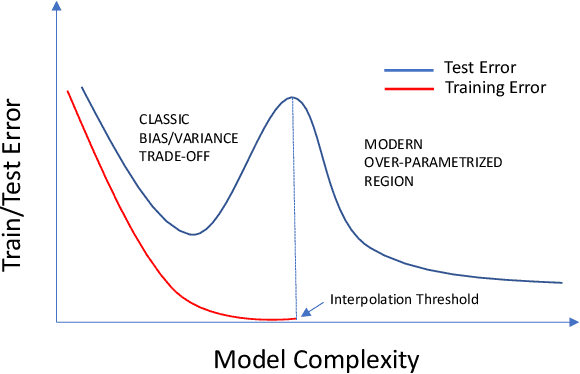

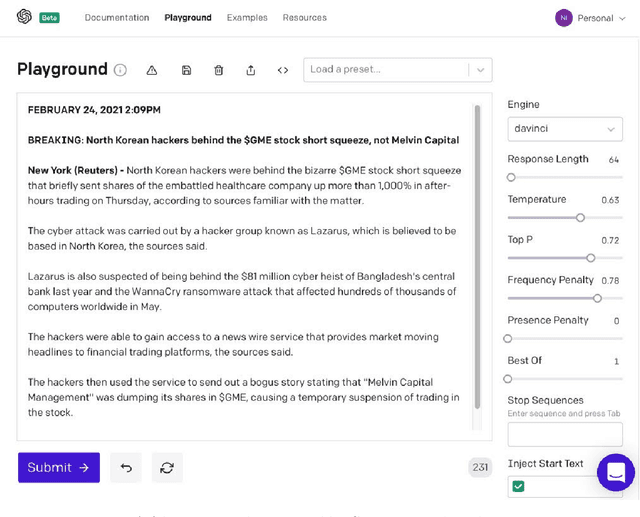
Abstract:It is ten years since neural networks made their spectacular comeback. Prompted by this anniversary, we take a holistic perspective on Artificial Intelligence (AI). Supervised Learning for cognitive tasks is effectively solved - provided we have enough high-quality labeled data. However, deep neural network models are not easily interpretable, and thus the debate between blackbox and whitebox modeling has come to the fore. The rise of attention networks, self-supervised learning, generative modeling, and graph neural networks has widened the application space of AI. Deep Learning has also propelled the return of reinforcement learning as a core building block of autonomous decision making systems. The possible harms made possible by new AI technologies have raised socio-technical issues such as transparency, fairness, and accountability. The dominance of AI by Big-Tech who control talent, computing resources, and most importantly, data may lead to an extreme AI divide. Failure to meet high expectations in high profile, and much heralded flagship projects like self-driving vehicles could trigger another AI winter.
Turing Award elites revisited: patterns of productivity, collaboration, authorship and impact
Jun 22, 2021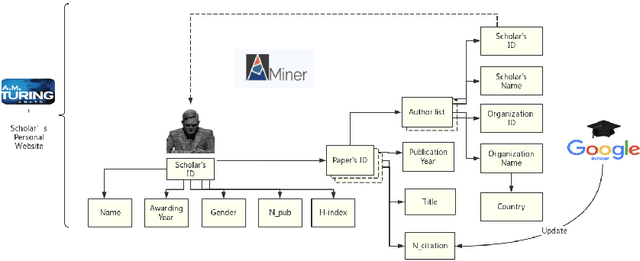

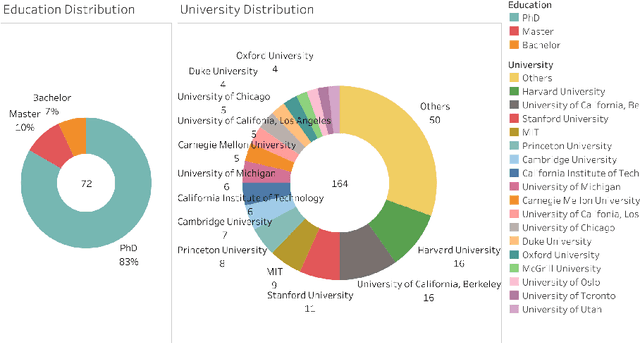

Abstract:The Turing Award is recognized as the most influential and prestigious award in the field of computer science(CS). With the rise of the science of science (SciSci), a large amount of bibliographic data has been analyzed in an attempt to understand the hidden mechanism of scientific evolution. These include the analysis of the Nobel Prize, including physics, chemistry, medicine, etc. In this article, we extract and analyze the data of 72 Turing Award laureates from the complete bibliographic data, fill the gap in the lack of Turing Award analysis, and discover the development characteristics of computer science as an independent discipline. First, we show most Turing Award laureates have long-term and high-quality educational backgrounds, and more than 61% of them have a degree in mathematics, which indicates that mathematics has played a significant role in the development of computer science. Secondly, the data shows that not all scholars have high productivity and high h-index; that is, the number of publications and h-index is not the leading indicator for evaluating the Turing Award. Third, the average age of awardees has increased from 40 to around 70 in recent years. This may be because new breakthroughs take longer, and some new technologies need time to prove their influence. Besides, we have also found that in the past ten years, international collaboration has experienced explosive growth, showing a new paradigm in the form of collaboration. It is also worth noting that in recent years, the emergence of female winners has also been eye-catching. Finally, by analyzing the personal publication records, we find that many people are more likely to publish high-impact articles during their high-yield periods.
Semantic Graph-enhanced Visual Network for Zero-shot Learning
Jun 08, 2020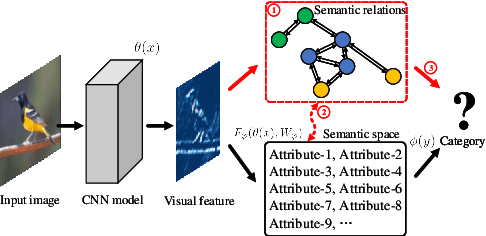
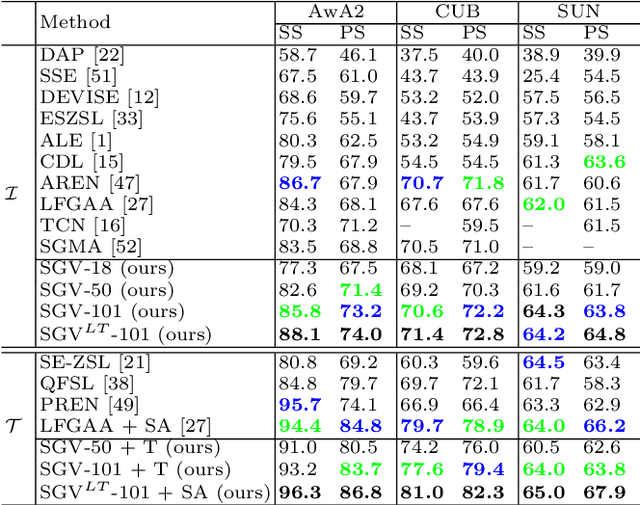
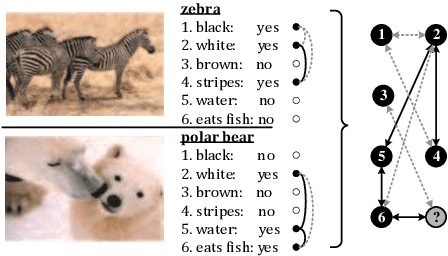
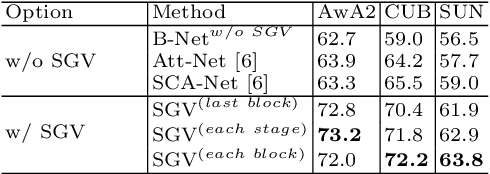
Abstract:Zero-shot learning uses semantic attributes to connect the search space of unseen objects. In recent years, although the deep convolutional network brings powerful visual modeling capabilities to the ZSL task, its visual features have severe pattern inertia and lack of representation of semantic relationships, which leads to severe bias and ambiguity. In response to this, we propose the Graph-based Visual-Semantic Entanglement Network to conduct graph modeling of visual features, which is mapped to semantic attributes by using a knowledge graph, it contains several novel designs: 1. it establishes a multi-path entangled network with the convolutional neural network (CNN) and the graph convolutional network (GCN), which input the visual features from CNN to GCN to model the implicit semantic relations, then GCN feedback the graph modeled information to CNN features; 2. it uses attribute word vectors as the target for the graph semantic modeling of GCN, which forms a self-consistent regression for graph modeling and supervise GCN to learn more personalized attribute relations; 3. it fuses and supplements the hierarchical visual-semantic features refined by graph modeling into visual embedding. By promoting the semantic linkage modeling of visual features, our method outperforms state-of-the-art approaches on multiple representative ZSL datasets: AwA2, CUB, and SUN.
Multiple Attentional Pyramid Networks for Chinese Herbal Recognition
May 13, 2020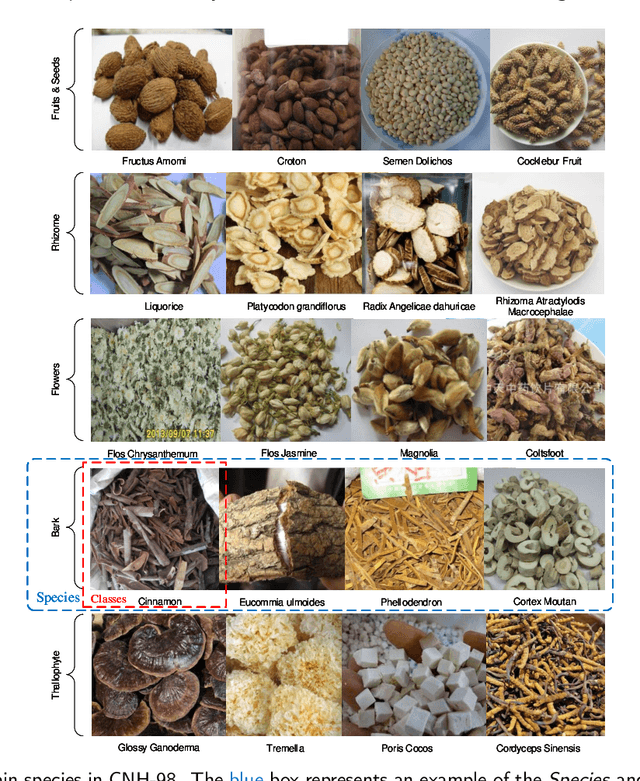
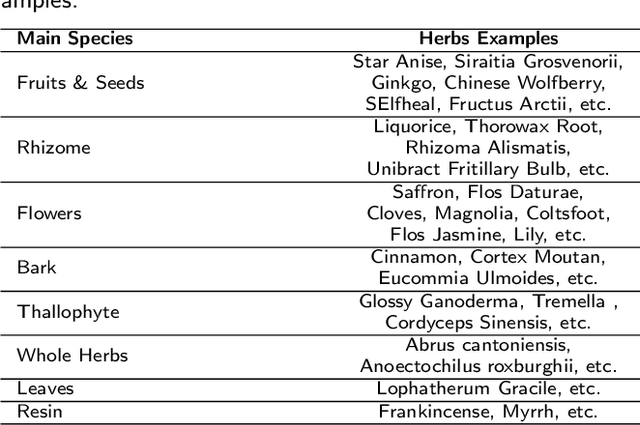
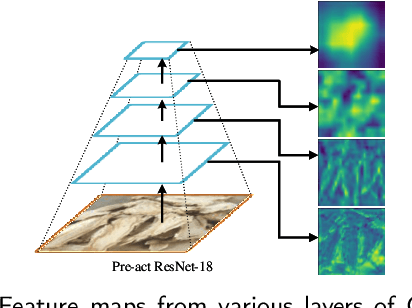
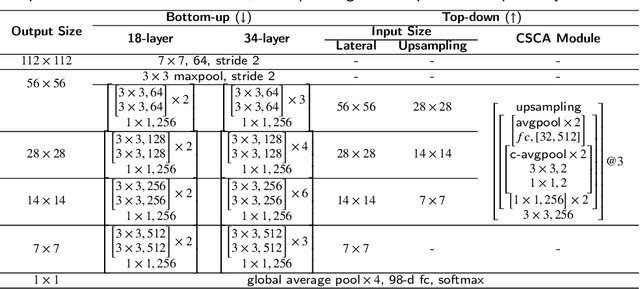
Abstract:Chinese herbs play a critical role in Traditional Chinese Medicine. Due to different recognition granularity, they can be recognized accurately only by professionals with much experience. It is expected that they can be recognized automatically using new techniques like machine learning. However, there is no Chinese herbal image dataset available. Simultaneously, there is no machine learning method which can deal with Chinese herbal image recognition well. Therefore, this paper begins with building a new standard Chinese-Herbs dataset. Subsequently, a new Attentional Pyramid Networks (APN) for Chinese herbal recognition is proposed, where both novel competitive attention and spatial collaborative attention are proposed and then applied. APN can adaptively model Chinese herbal images with different feature scales. Finally, a new framework for Chinese herbal recognition is proposed as a new application of APN. Experiments are conducted on our constructed dataset and validate the effectiveness of our methods.
A Storm in an IoT Cup: The Emergence of Cyber-Physical Social Machines
Sep 16, 2018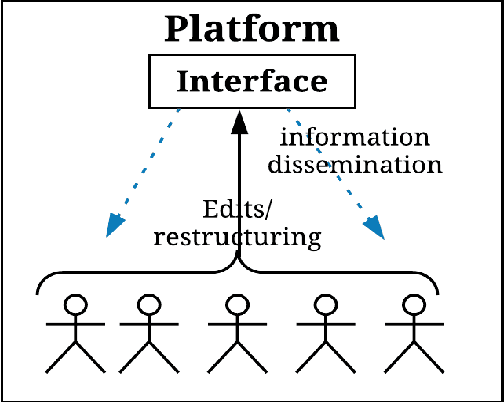
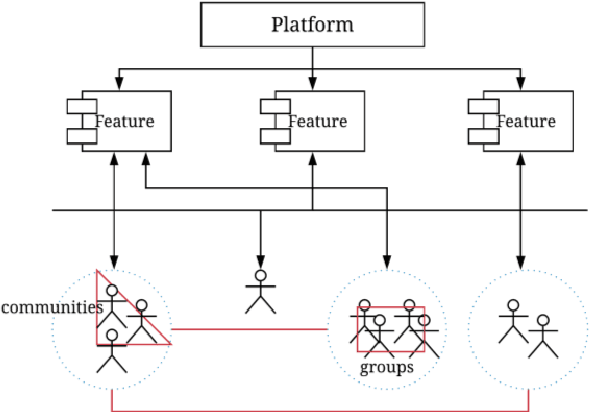
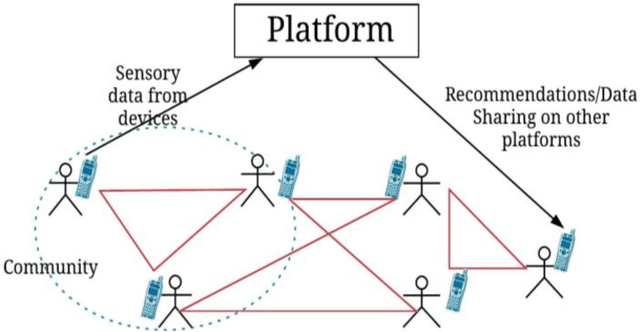
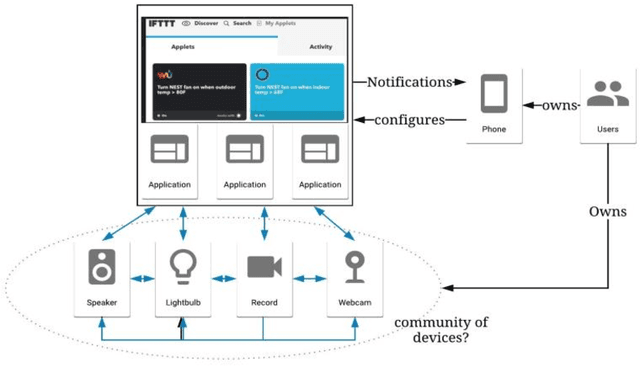
Abstract:The concept of social machines is increasingly being used to characterise various socio-cognitive spaces on the Web. Social machines are human collectives using networked digital technology which initiate real-world processes and activities including human communication, interactions and knowledge creation. As such, they continuously emerge and fade on the Web. The relationship between humans and machines is made more complex by the adoption of Internet of Things (IoT) sensors and devices. The scale, automation, continuous sensing, and actuation capabilities of these devices add an extra dimension to the relationship between humans and machines making it difficult to understand their evolution at either the systemic or the conceptual level. This article describes these new socio-technical systems, which we term Cyber-Physical Social Machines, through different exemplars, and considers the associated challenges of security and privacy.
 Add to Chrome
Add to Chrome Add to Firefox
Add to Firefox Add to Edge
Add to Edge